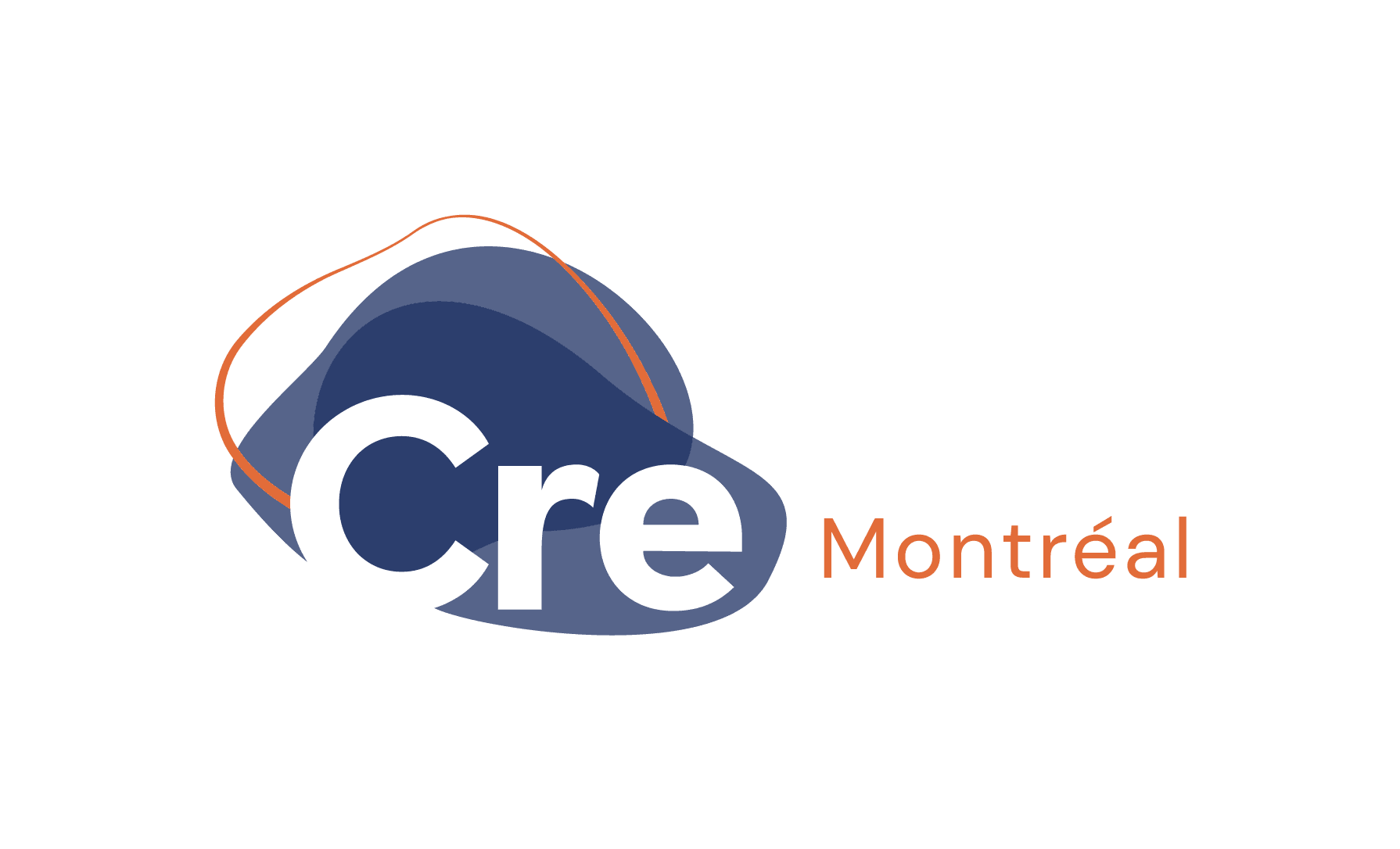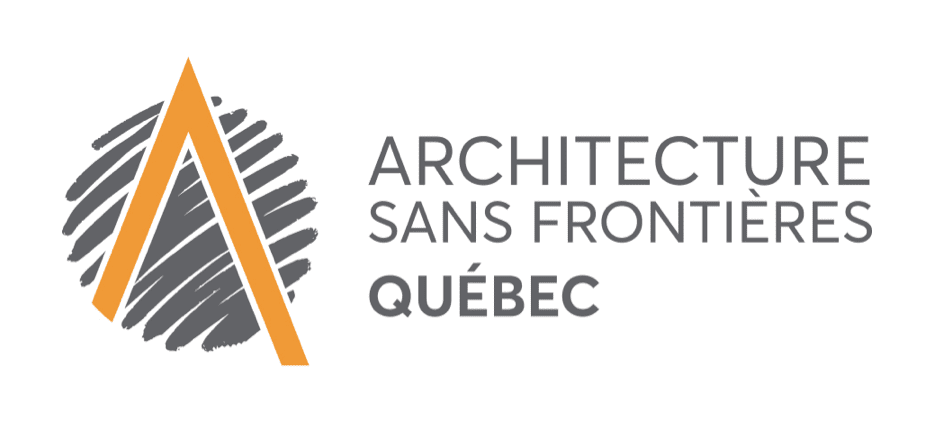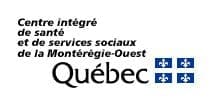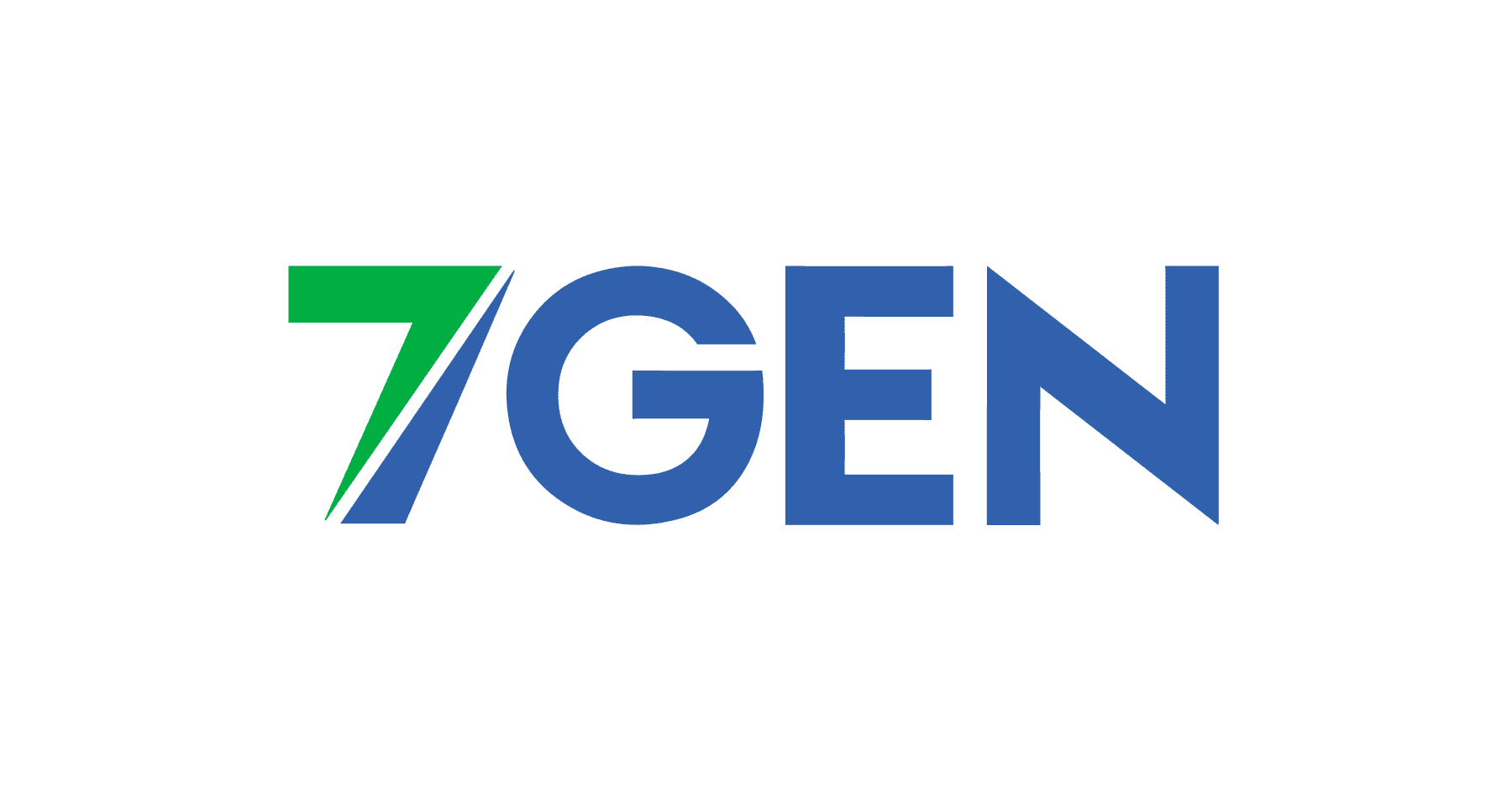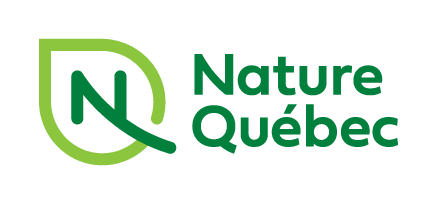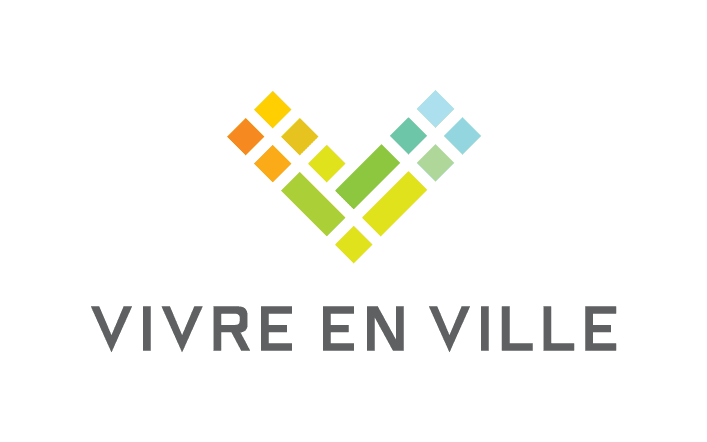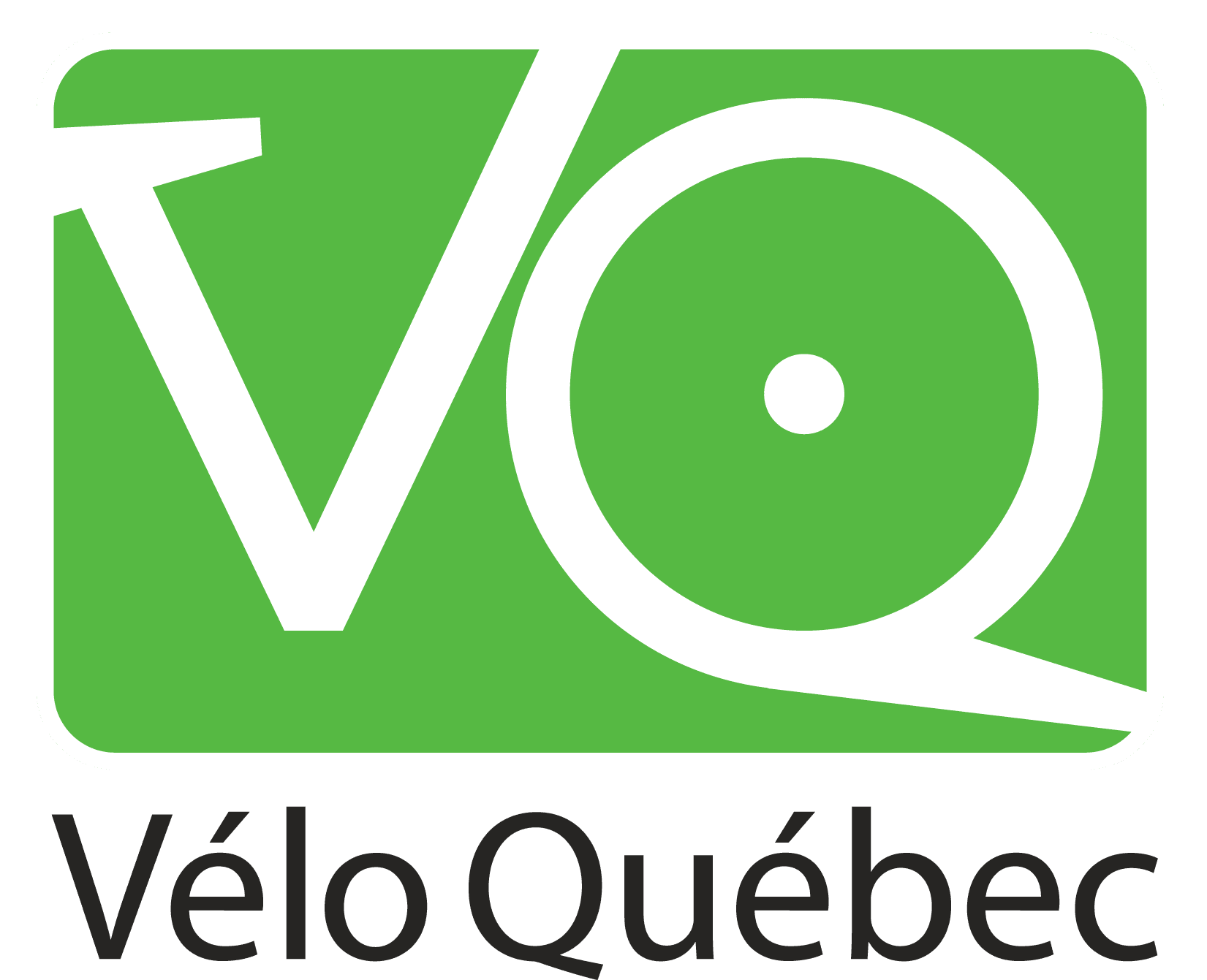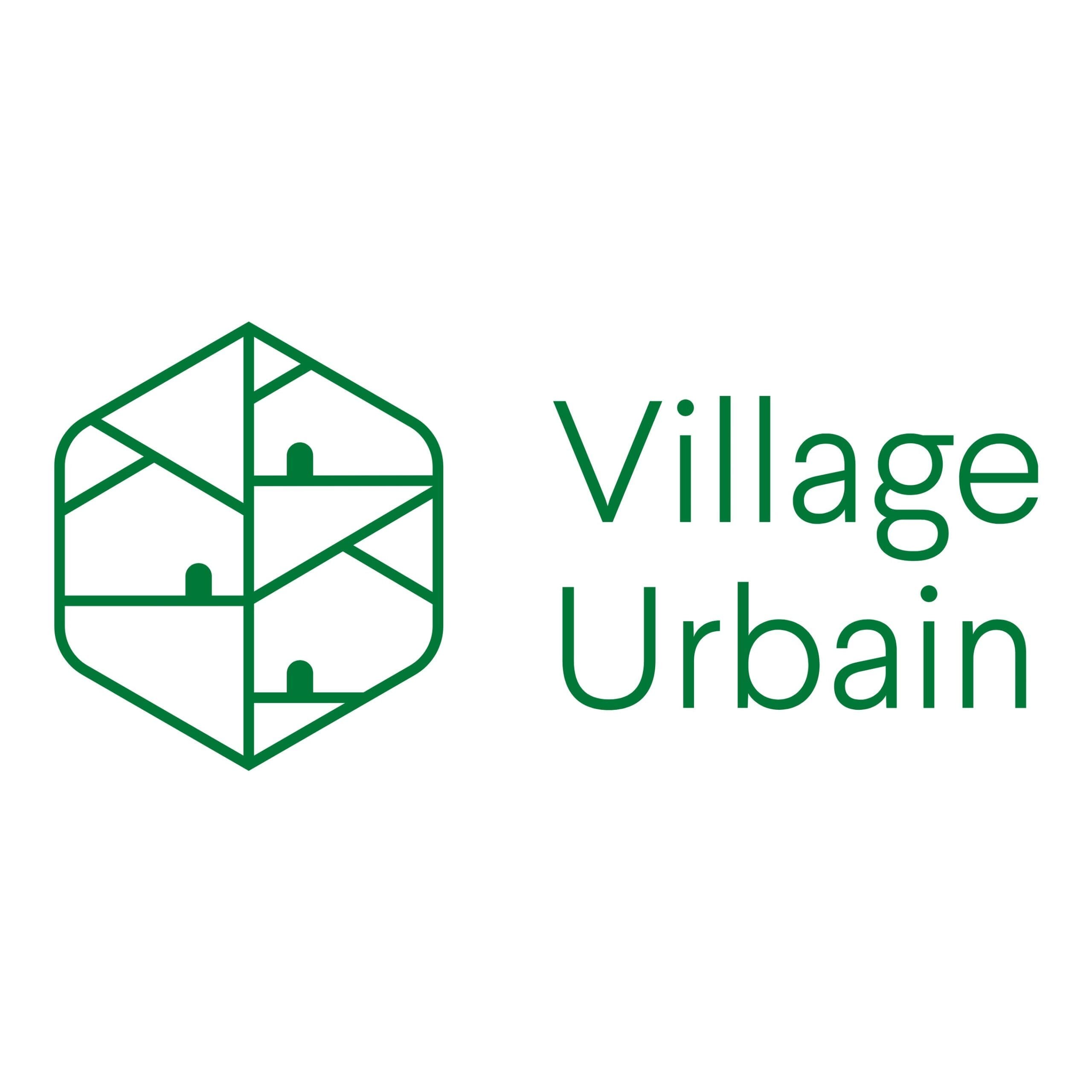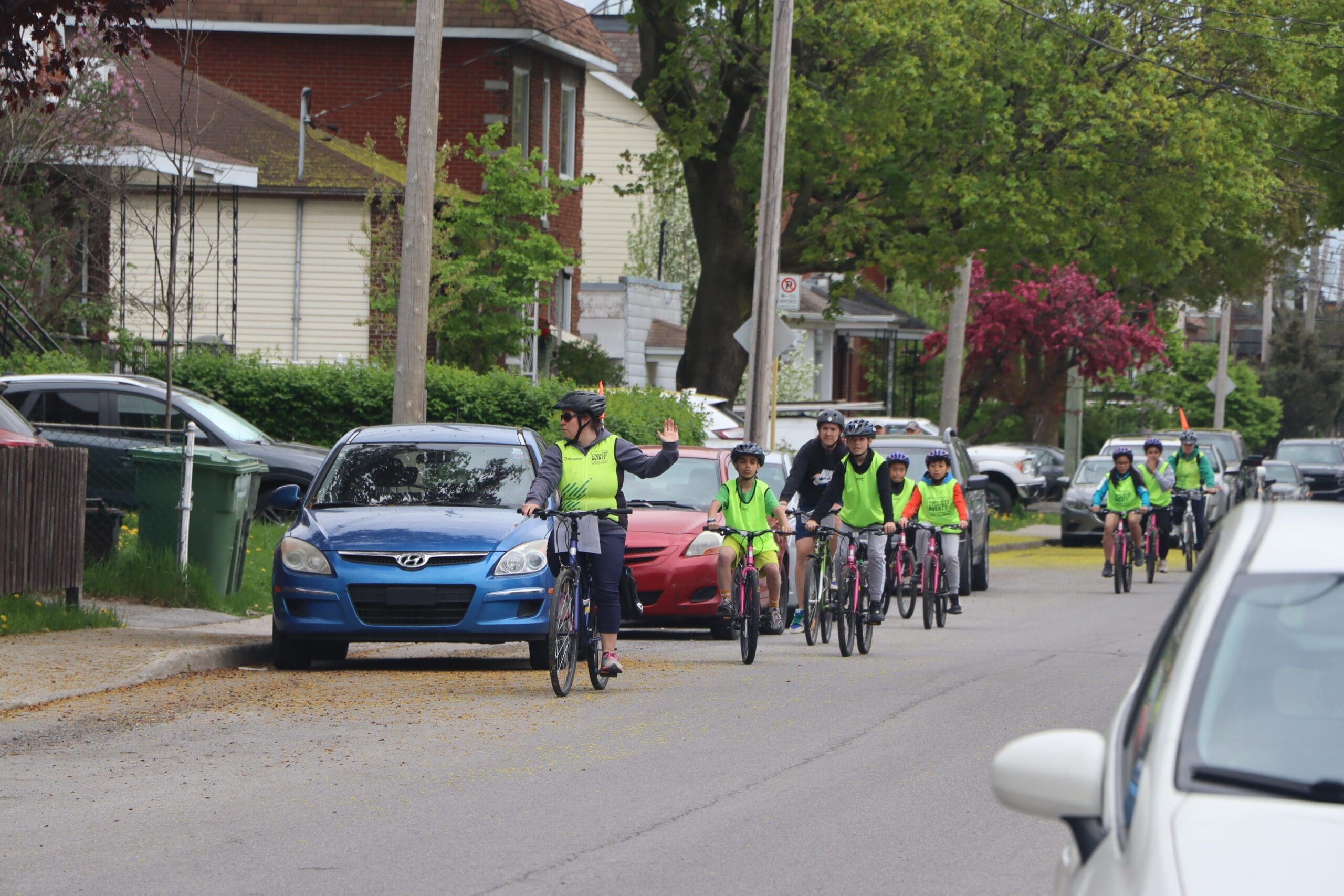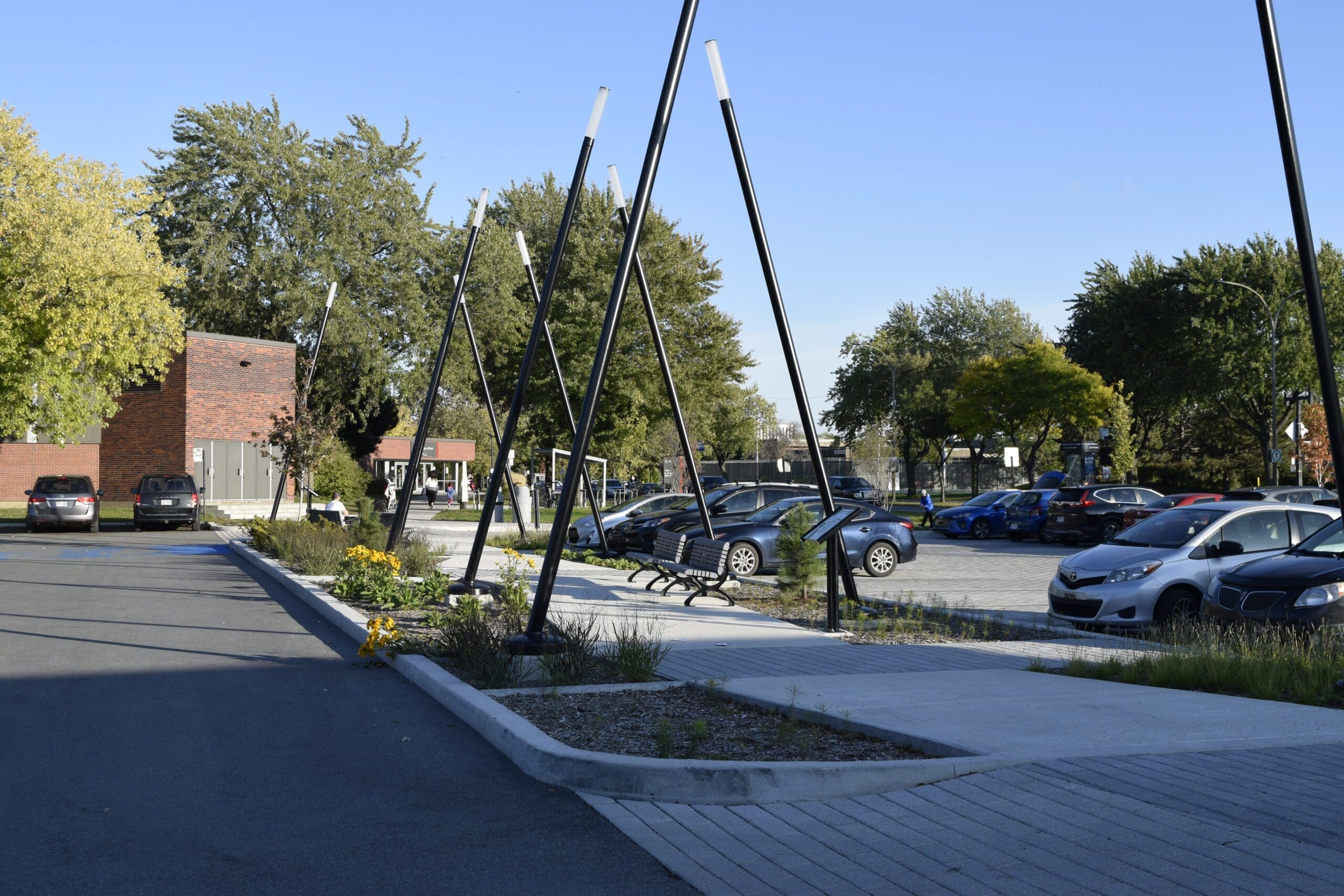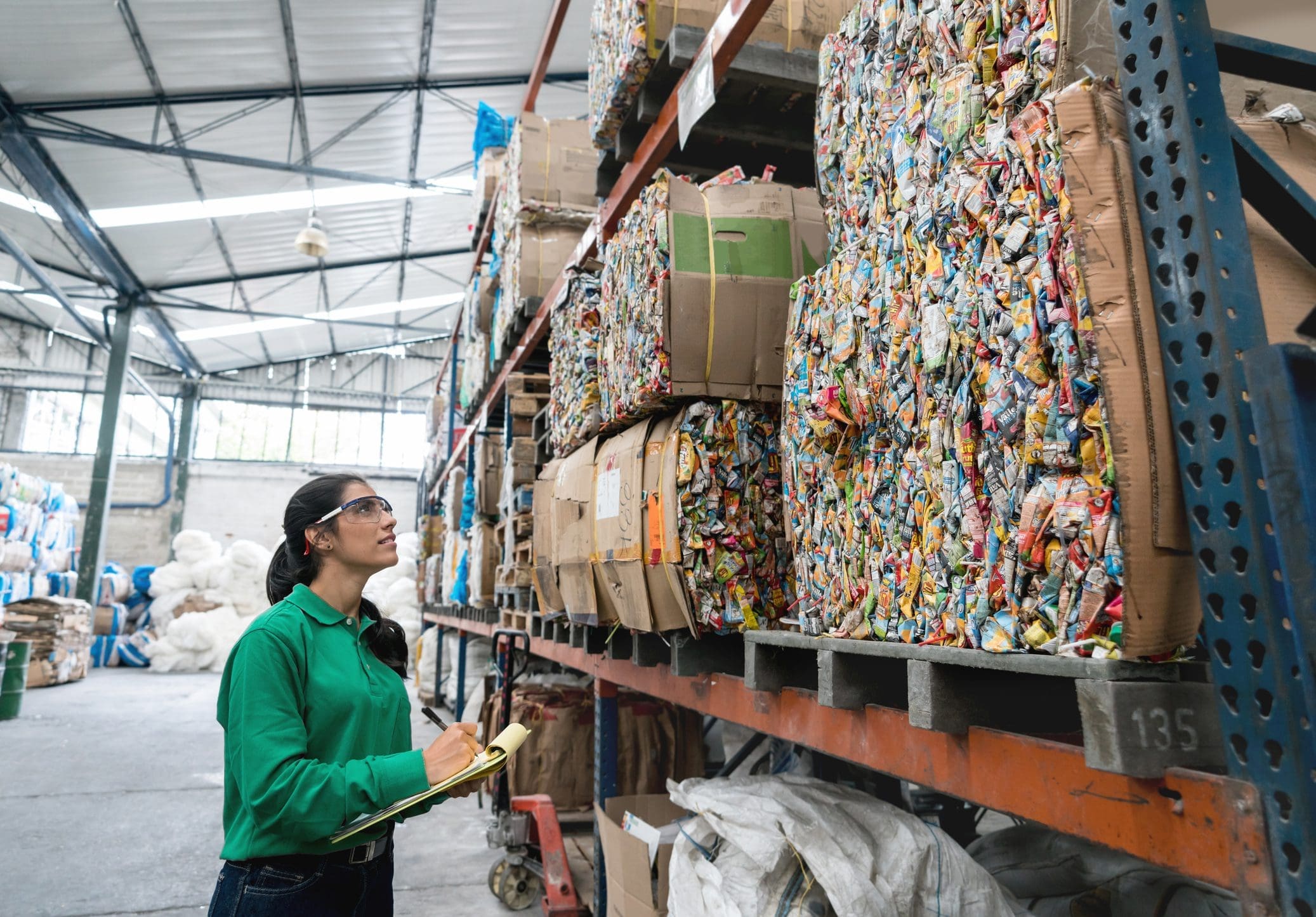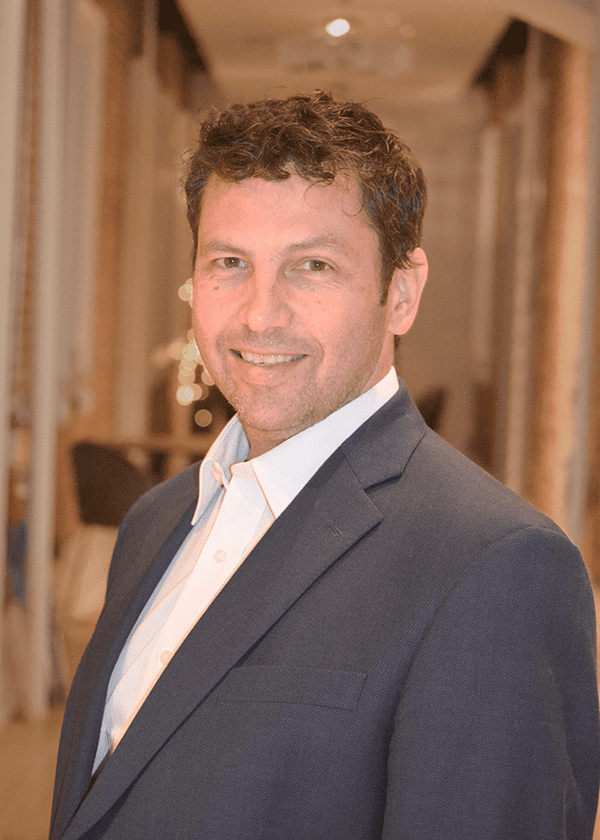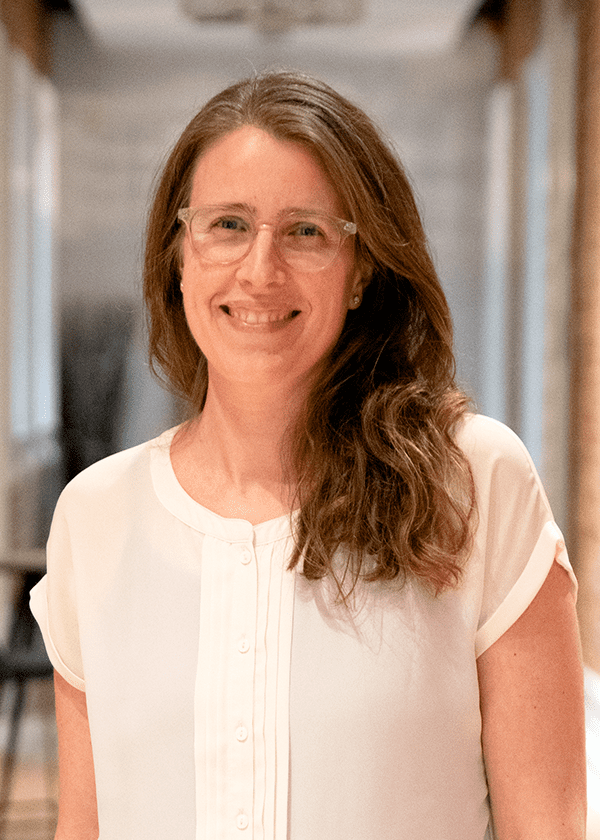
A team determined to accelerate decarbonization
We are a small team with big ambitions.
01
Mission
Accelerate the decarbonization of the Greater Montreal region as a whole by acting as a catalyst for climate finance.
02
Vision
A carbon-neutral Greater Montreal by 2050.
03
Values
Independence and agility, innovation and risk-taking, collaboration and efficiency, transparency and accountability, equity and inclusiveness.
04
Approach
We believe that there are no small initiatives, only big opportunities! We encourage innovation, risk-taking and projects with strong potential for scale-up.
01
The starting point: your idea


Each project is born from a unique idea that aims to transform habits, change customs and break codes. Our role is to grasp the uniqueness of your project and its potential for impact.
02
From idea to deployment


Your project has convinced us, and we’ve decided to lend you our support: we’ll give you the impetus you need to bring it to fruition and roll it out like a samara.
03
From deployment to scale-up


Our ultimate goal is to enable your project to grow and be scaled up in the various territories of Greater Montreal in order to accelerate the decarbonization of the Greater Montreal.
Team
A team dedicated to your projects
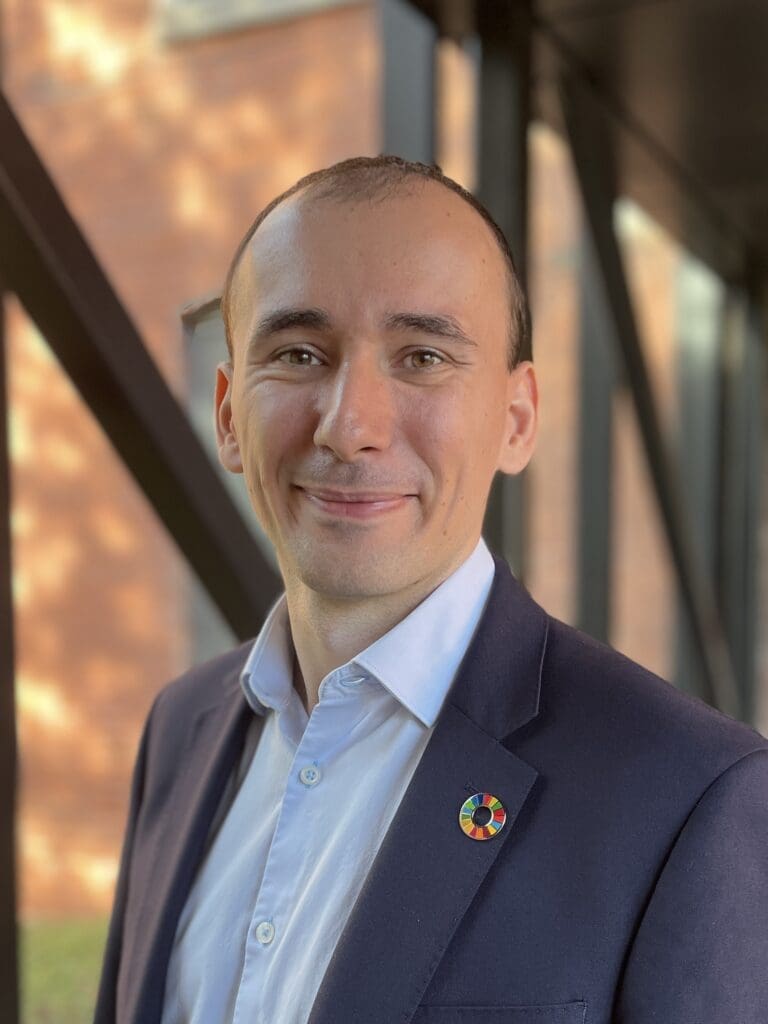
Financial Innovation Director
Pierre-Laurent Macridis
With over ten years of experience at the intersection of socio-environmental impact, finance, and entrepreneurship, Pierre-Laurent contributes to the development and management of FCGM’s innovative impact solutions. He is committed to collaborating with various partners to design and market new tools that promote a just, sustainable, and equitable transition.
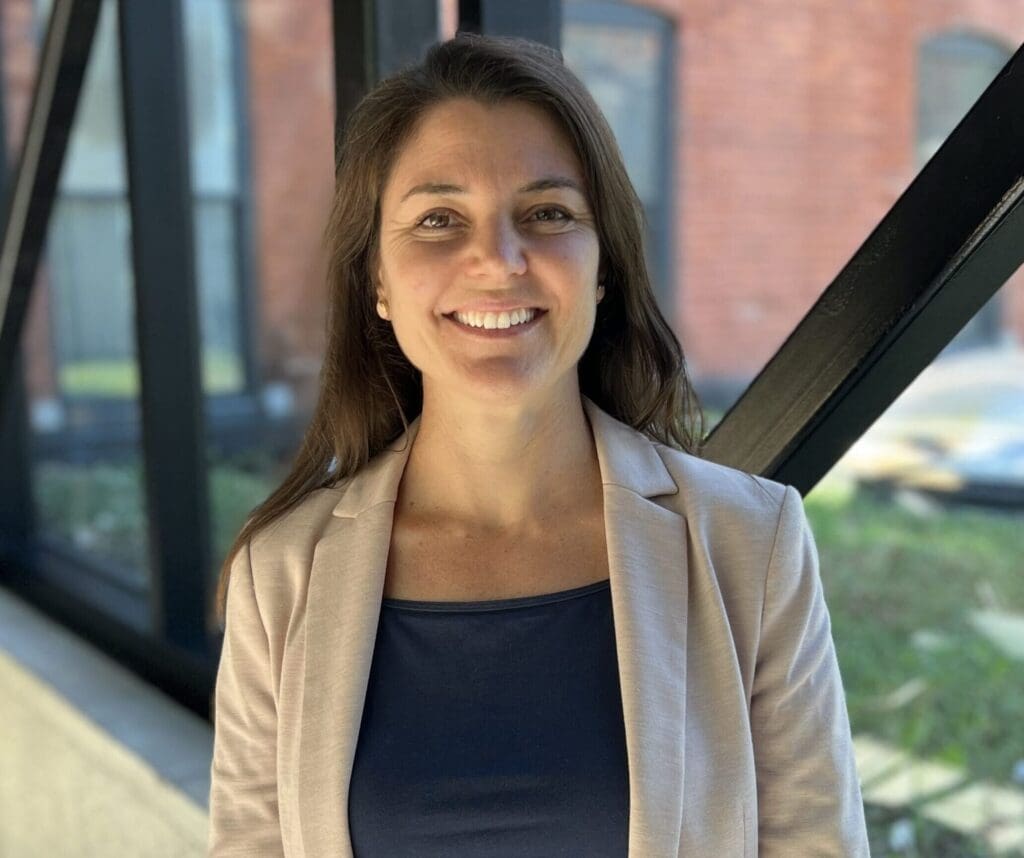
Program Manager
Caroline Sanchez Valero
With over 15 years of experience managing multidisciplinary and multi-stakeholder environmental projects within multiple non-profit organizations, Caroline loves to roll out cross-functional decarbonization and climate resilience projects that require collective intelligence.
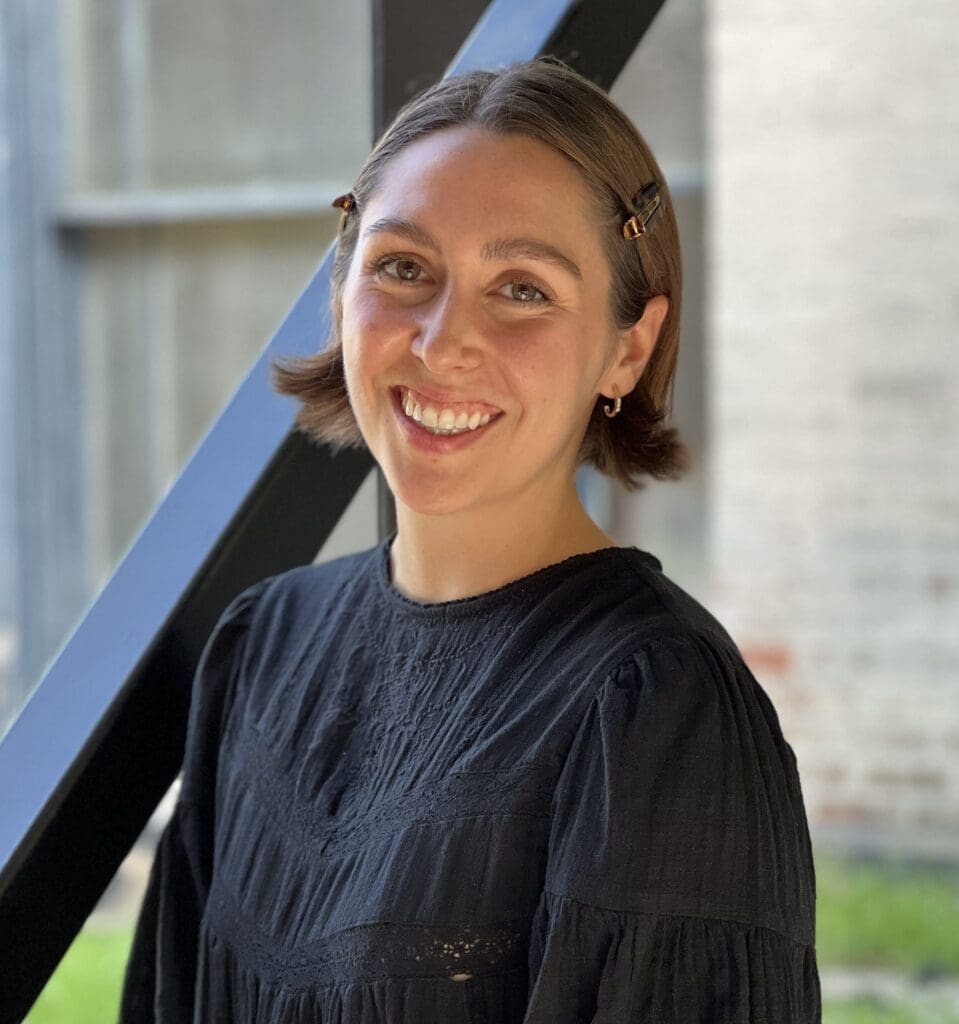
Manager of Grants and Strategic Initiatives
Anne-Sophie Evoy
With a background in biology and an MBA in corporate social and environmental responsibility, Anne-Sophie is particularly passionate about stakeholder consultation and reconciling different uses with a view to combating and adapting to climate change.

Operations and Administration Coordinator
Barbara Vyncke (replacement)
Barbara has over 20 years of experience in human resources and operational, financial, and administrative management in the private and entrepreneurial sectors. By joining the Climate Fund team, she is investing this wealth of expertise in the decarbonization of Greater Montreal.
Board of Directors
A Board of Directors committed to your success

Our Board of Directors is made up of experts in sustainable finance, corporate management, government relations and, more broadly, the development of climate solutions in mobility, buildings and energy.

We work with a wide range of local players

